How Can You Tell if a Woman Has Had a Baby?
Body later on nativity: 18 post-pregnancy changes to await out for

They say that existence a mother changes you, and they aren't kidding. Later on birth, a adult female's torso can brandish many concrete changes. At no other fourth dimension in your life will you grow a whole new organ, forcefulness your heart to pump l% more blood, co-ordinate to the National Library of Medicine, and have alien cells hijack your brain.
While most of those odd changes disappear after birth, a few of them, like your little one, are for keeps. From bigger anxiety to diabetes, here are eighteen things that may never go back to the style they were before you got pregnant.
1. Shoe size
There are two main reasons for the change in shoe size during pregnancy: weight gain and hormones.
The American College of Obstetricians and Gynecologists (ACOG) says that women of a normal weight should gain from 25 to 35 lbs. (11 to 16 kilograms) during pregnancy. "That extra weight that's carried around for the 10 lunar months of pregnancy, and fifty-fifty longer, flattens out the [foot's] curvation," which is why some women proceeds about half a shoe size during pregnancy, said Dr. Michael Cackovic, the obstetrics manager of cardiac illness and pregnancy at The Ohio State University Wexner Medical Center.
The hormone relaxin also plays a function, according to the Journal of Os and Joint Surgery. Equally its name suggests, relaxin helps relax ligaments and basic in the pelvis, so the torso can be rubberband during childbirth. But relaxin also affects ligaments all over the body, including in the feet, which can brand a woman's anxiety looser and more than spread out, said Dr. Leena Nathan, an assistant clinical professor of obstetrics and gynecology at the University of California, Los Angeles.
New moms should become used to sporting a larger shoe size, as these changes are permanent after nativity, even later you lot lose weight and relaxin production stops, Cackovic said.
2. Extra pounds
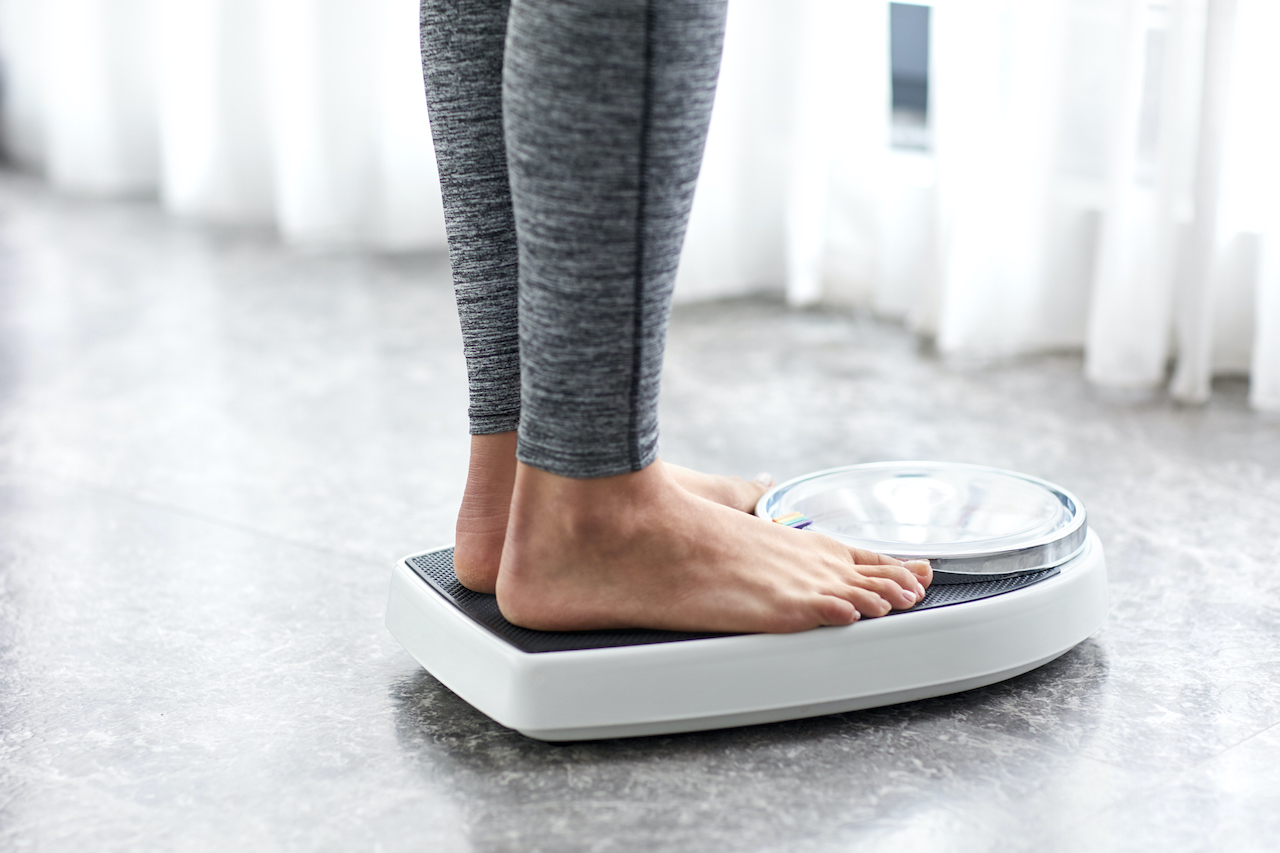
Speaking of weight proceeds, while those extra pounds don't accept to exist permanent, they are for many women.
One in iv women will hang onto 11 lbs. (5 kg) or more a year subsequently giving birth, Live Science previously reported. After having a baby, a adult female will be, on average, two.5 to five lbs. (one to 2 kg) heavier than she was prior to pregnancy, Kathleen Rasmussen, a professor of maternal and child diet at Cornell University, told Live Science. While that's not a large gain, this number tin can get more significant when repeated for 4 or 5 babies.
3. Vaginal changes
This one shouldn't be a surprise, given the average dimensions of a newborn's head, but women often have vaginal changes postpartum. While the vagina volition contract down to almost its original size after birth, well-nigh women volition take a permanently wider vagina, co-ordinate to NHS Uk..
"There are many factors that contribute, including type of commitment, size of babe, genetic factors [and] being overweight, to name a few," gynecologist Dr. Alyssa Dweck told Live Science.
four. Wee problem
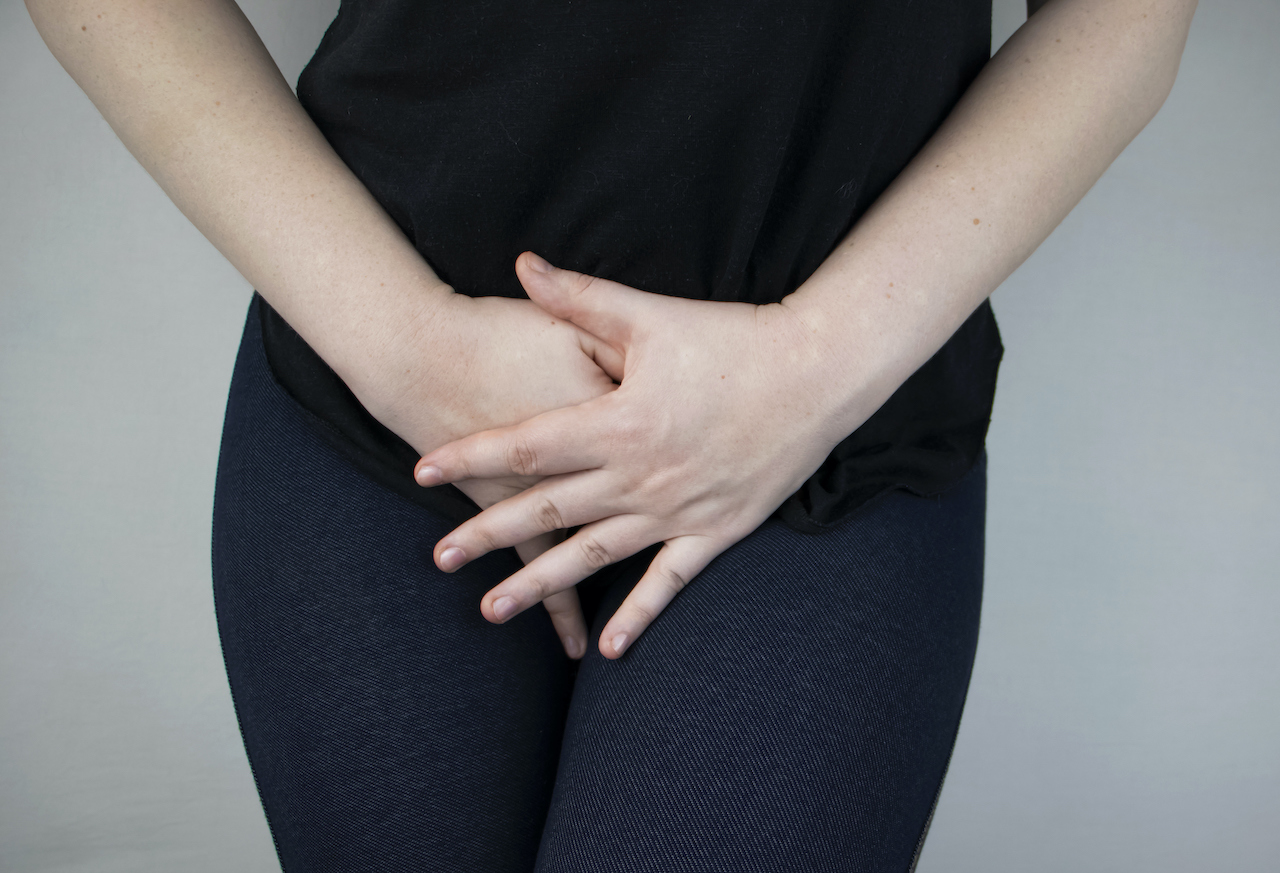
While non all women face 1 of the more than unpleasant problems associated with squeezing an 8-lb. (three.6 kg) man out of their torso, giving birth — unfortunately — puts mothers at increased run a risk for incontinence, or loss of bladder control. That's because vaginal delivery can weaken the muscles needed for bladder control and can damage bladder nerves and supportive tissue, leading to a dropped (prolapsed) pelvic floor, according to the Mayo Clinic.
C-sections can also increment the risk of incontinence, Cackovic said.
Women with incontinence can practice Kegel exercises to strengthen these pelvic floor muscles, he said. There is also at least one Bluetooth-enabled device that enables people to exercise pelvic floor exercises and get biofeedback with an app on their phone and a pocket-sized intravaginal device, co-ordinate to Dweck.
5. Gain a child, lose a tooth
There may exist some truth to the saying, "proceeds a kid and lose a molar."
A 2008 study of two,635 women in the American Journal of Public Health found that the more children women had, the more likely they were to have lost teeth. Women between the ages of 35 and 49 with one child had lost an boilerplate of 2 teeth, while women with 2 children lost an average of four. Meanwhile, women with four or more than children had lost an boilerplate of seven teeth. It'southward non articulate exactly why, as frequency of dental care didn't seem to exist tied to this clan.
Other dental issues include enlarged gums and more haemorrhage from gums during pregnancy because of increased blood flow, Nathan told Alive Science. The acid from vomiting, if women have morning sickness, can likewise wear away the enamel on teeth, Nathan said.
Hormonal changes during pregnancy tin as well affect the bacteria population, or microbiome, of your mouth, so it's important to do good dental hygiene during this time, Cackovic said.
"We know that women who don't have skilful dental health are actually at risk for preterm delivery, so information technology's very of import for women to see their dentists during pregnancy and get their teeth cleaned according to schedule," Nathan said. "If it'southward non taken intendance of, it tin definitely persist postpartum."
6. Growing and shrinking breasts
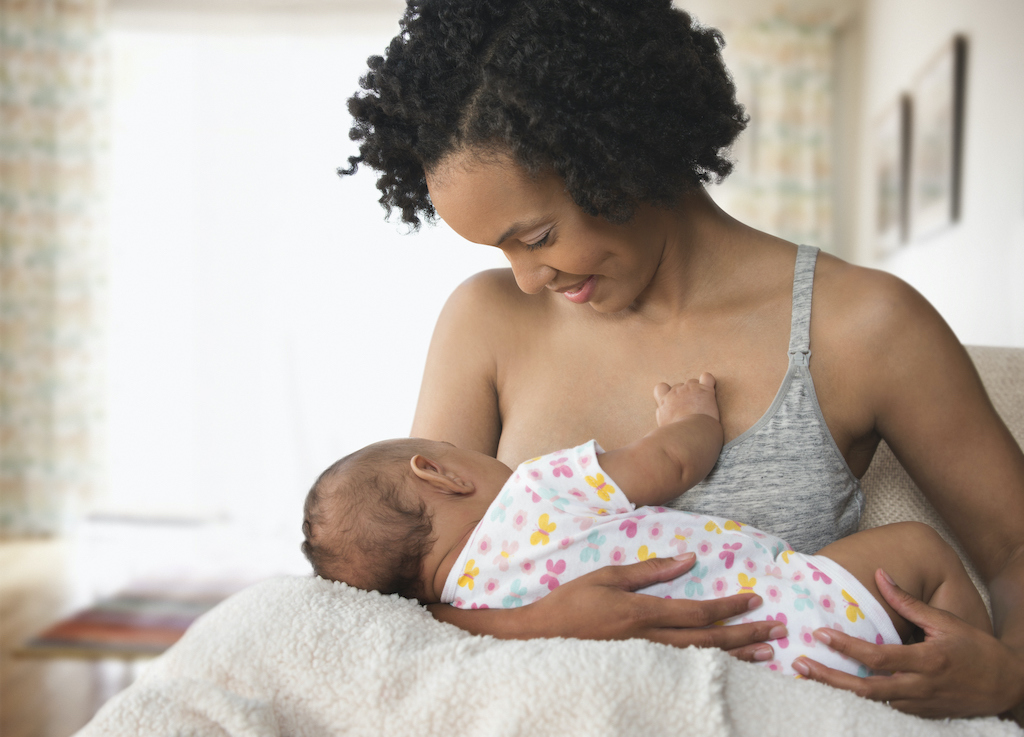
A woman's breasts go through some big (and little) changes during and subsequently pregnancy.
"They get bigger at kickoff, because the dormant fat tissue in the breast gets replaced past functional tissue" in training for breastfeeding, Cackovic said.
But these larger breasts don't last forever. "Subsequently a woman stops breastfeeding, that functional tissue atrophies, because it's not being used anymore," Cackovic said. "Then information technology'due south not immediately replaced by fat, considering the fat is already gone."
If the woman gets pregnant once more, then the process will repeat, and if she gains a lot of weight subsequently a pregnancy, then she'll replace those fat cells in her breasts. "Only generally, if somebody is a very fit person and doesn't gain weight, then [her breasts] are going to stay smaller at that bespeak," Cackovic said.
7. Sagging breasts
The technical term for this side result of pregnancy is ptosis. Once breasts droop, they will not perk upwards over again, considering the cause of breast drooping is the stretching of the ligaments and elastin that hold the fatty tissue in place, according to 2008 written report in the Aesthetic Surgery Journal.
One time you've had your babe, breastfeeding is unlikely to make chest sagging worse. According to the Mayo Clinic, breastfeeding isn't the crusade of changes in breast size or shape, but weight gain, smoking status and additional pregnancies tin worsen droopiness.
viii. Lower breast-cancer take chances

While breasts may be losing their fight confronting gravity, hither'due south one fact that may perk you upwardly: Breastfeeding may lower the lifetime adventure of developing breast cancer. For every 12 months a woman nurses a baby, her relative risk of breast cancer drops by 4 percent, according to a 2002 review in The Lancet.
Crunching the numbers, the authors suggested that up to one-half of the breast cancer risk in developed countries could be cut if women had as many babies every bit they did in developing countries, and 2-thirds of that adventure reduction was due to breastfeeding. There are, however, other benefits associated with having fewer kids.
nine. Stretch marks
Pregnant women might find pink or cerise stretch marks on their pare during pregnancy, co-ordinate to the British Journal of Dermatology. Granted, this condition isn't unique to pregnancy; people can become stretch marks any time they experience a large increase or decrease in weight, Cackovic said.
The good news is that while stretch marks stick effectually, they do get much lighter over time. "They usually practise fade out in ane to ii years," Cackovic said. However, "if the adult female gets meaning again, or gains or loses a lot of weight again, they may get more pronounced."
10. Pilus growth

Women frequently notice that the hair on their head is lusher and denser during pregnancy, according to the International Journal of Dermatology. But why does this happen?
The answer has to do with hormones. Increased levels of hormones can translate into fewer hairs lost during pregnancy. That'due south why women may have a thicker head of hair during pregnancy.
Afterward hormone levels return to normal post-pregnancy, that luscious hair goes away. "Information technology's non uncommon for women to mutter at six months that their pilus is falling out," Cackovic told Live Science. "But [hair loss] is really but a temporary affair and usually resolves by about 12 to eighteen months."
11. Skin changes
Pregnancy comes with all kinds of skin changes. For instance, the linea nigra — Latin for "black line" — is a dark, vertical line that runs over the belly to the pubic hair region during pregnancy. According to the Periodical of the National Medical Association, new levels of sexual practice hormones is likely to play a role in this change.
Women may too develop the "mask of pregnancy," known as melasma, which are brown patches that color the face. Freckles and moles can also darken during pregnancy.
The linea nigra and melasma are caused by an increment in melanin, the pigment that adds color to your skin and pilus, according to ACOG. The dark areas usually fade later the woman gives birth, but some women with melasma can have nighttime patches for years, ACOG said. Some women with melasma are actress-careful to use sunscreen or wear a chapeau if they're going outside, and others use skin lighteners after giving birth to address the dark patches, Cackovic said.
12. Diabetes
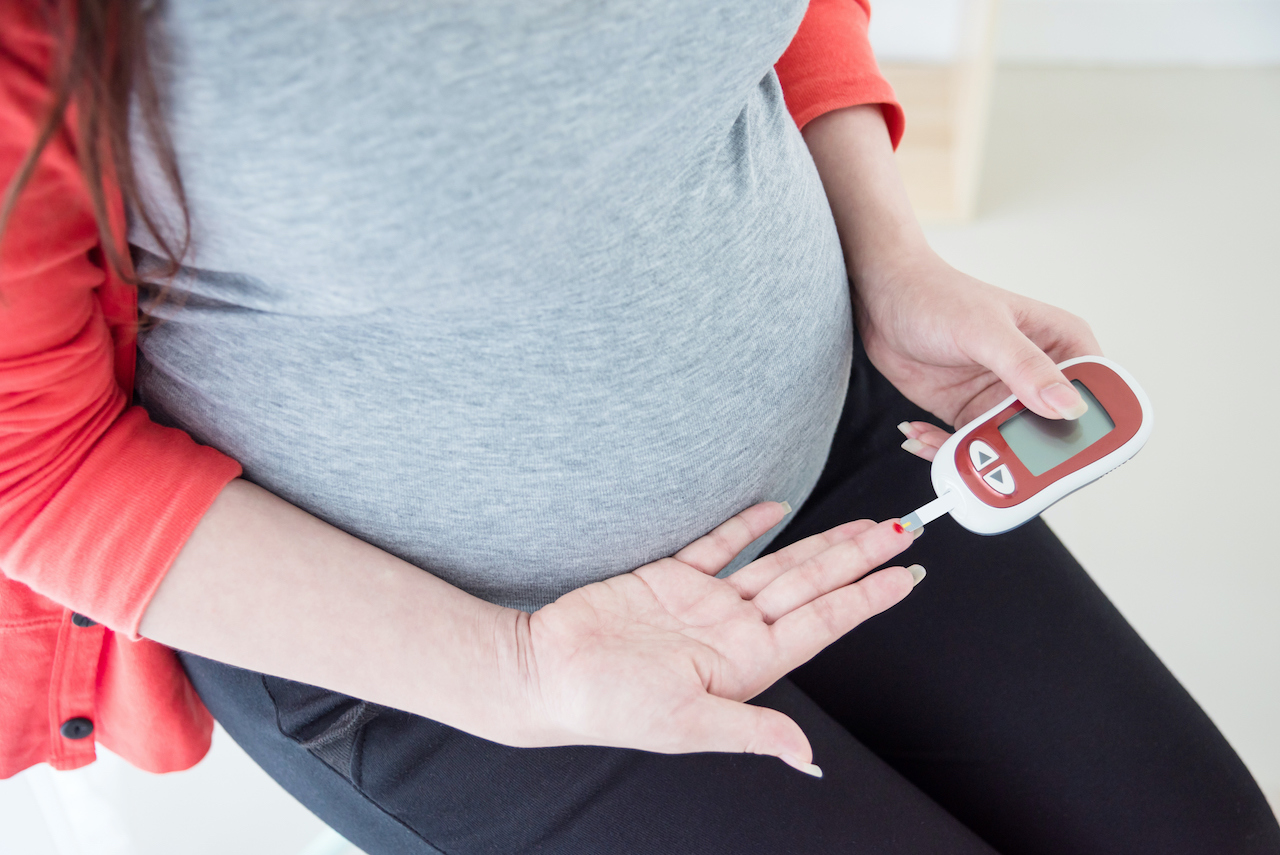
Gestational diabetes — that is, elevated blood sugar during pregnancy — develops in up to 10 percent of pregnancies in the United States, according to the Centers for Disease Command and Prevention. But the mother's diabetes chance doesn't end when the pregnancy does. Afterward giving birth, upward to one-half of the women who had gestational diabetes will develop type 2 diabetes afterwards in life, Cackovic said.
"Ordinarily, those women already know they're at risk, because they accept family unit members that have diabetes," he said.
If a woman has gestational diabetes, it's of import that she maintain a healthy weight and diet, monitor her claret sugar, and get screened for diabetes in the years following her pregnancy then she can be aware if she's becoming prediabetic, according to the Mayo Clinic.
13. Sex drive
After a woman gives nascency, it can have a yr for her sex drive to return to her normal levels, Cackovic said. Sheer fatigue from caring for a newborn is 1 reason why. Another has to do with breastfeeding.
If the woman breastfeeds, a decision ACOG supports, then she'll have lower estrogen levels, which can diminish sex bulldoze, Cackovic said.
14. Varicose veins and hemorrhoids
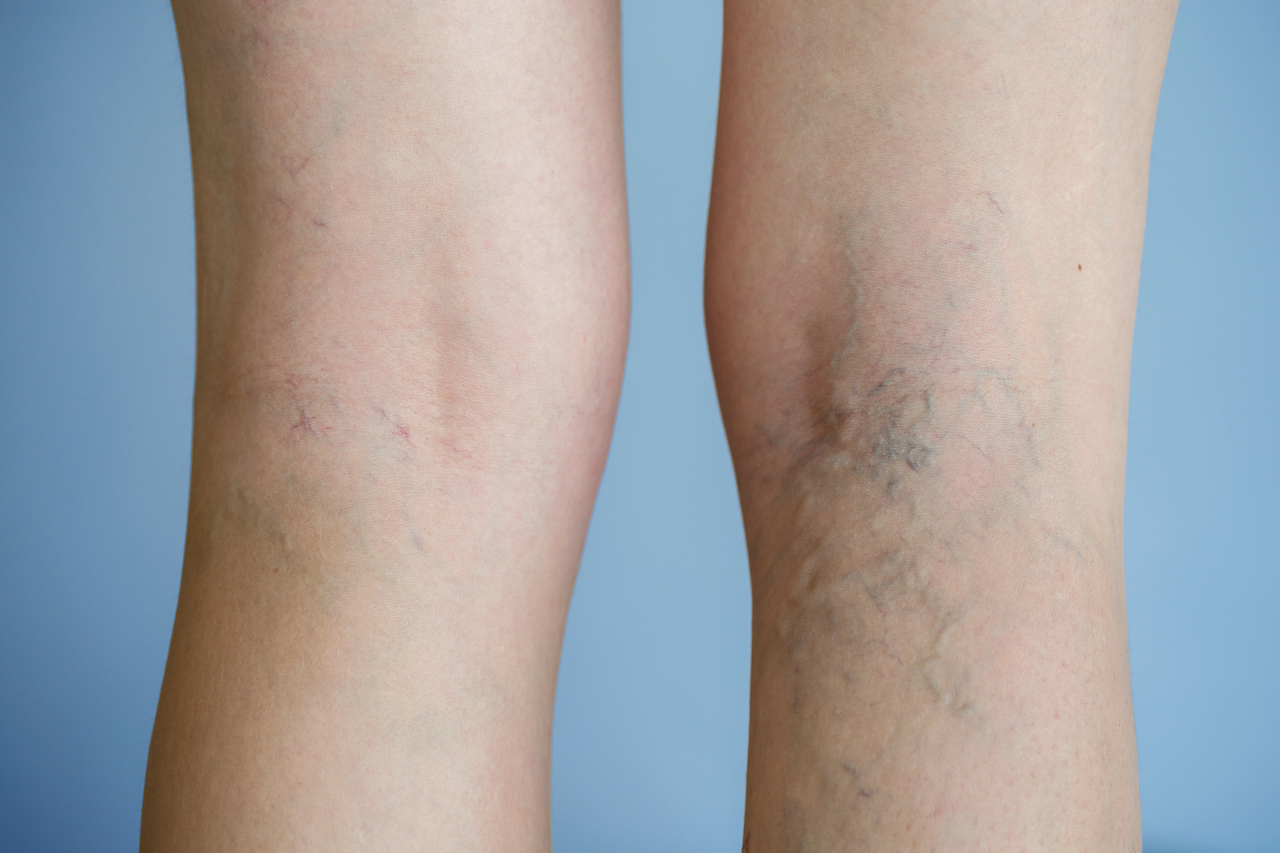
Some significant women might notice swollen, sore and blue veins — called varicose veins — on their legs, as well as on the vulva and in the vagina, according to the British Medical Periodical. When these sore-feeling veins occur on the rectum, they're chosen hemorrhoids.
Varicose veins and hemorrhoids develop because the uterus's heavy weight and force per unit area can reduce blood flow from the lower function of the body, ACOG said. In addition, increased claret catamenia and a weakening of the blood vessels' lining tin contribute to these conditions, Cackovic said.
Usually, varicose veins and hemorrhoids get away within half-dozen to 12 months of the birth, Cackovic said. Pregnant women who want to prevent varicose veins from getting worse should do regularly, avoid sitting with their legs crossed for a long time, wear back up hose, and avoid constipation by eating high-fiber foods and drinking plenty of liquids, ACOG said.
15. Slightly larger uterus
Normally, the uterus is about a pear-size, but during pregnancy, the organ swells to the size of a watermelon, co-ordinate to the American Pregnancy Association. Afterwards, it deflates and shrinks over again over the form of six weeks in a process called involution — but this wrinkle isn't necessarily 100 pct.
A 1996 study in the journal Ultrasound in Obstetrics & Gynecology found that premenopausal women who had children had slightly larger uteruses than women who had never given birth, even afterwards this postpartum period had passed. Notwithstanding, it's perhaps inaccurate to telephone call it permanent, just long-lasting, as the uterus volition then shrink to an fifty-fifty smaller size after menopause.
16. Abdominal separation
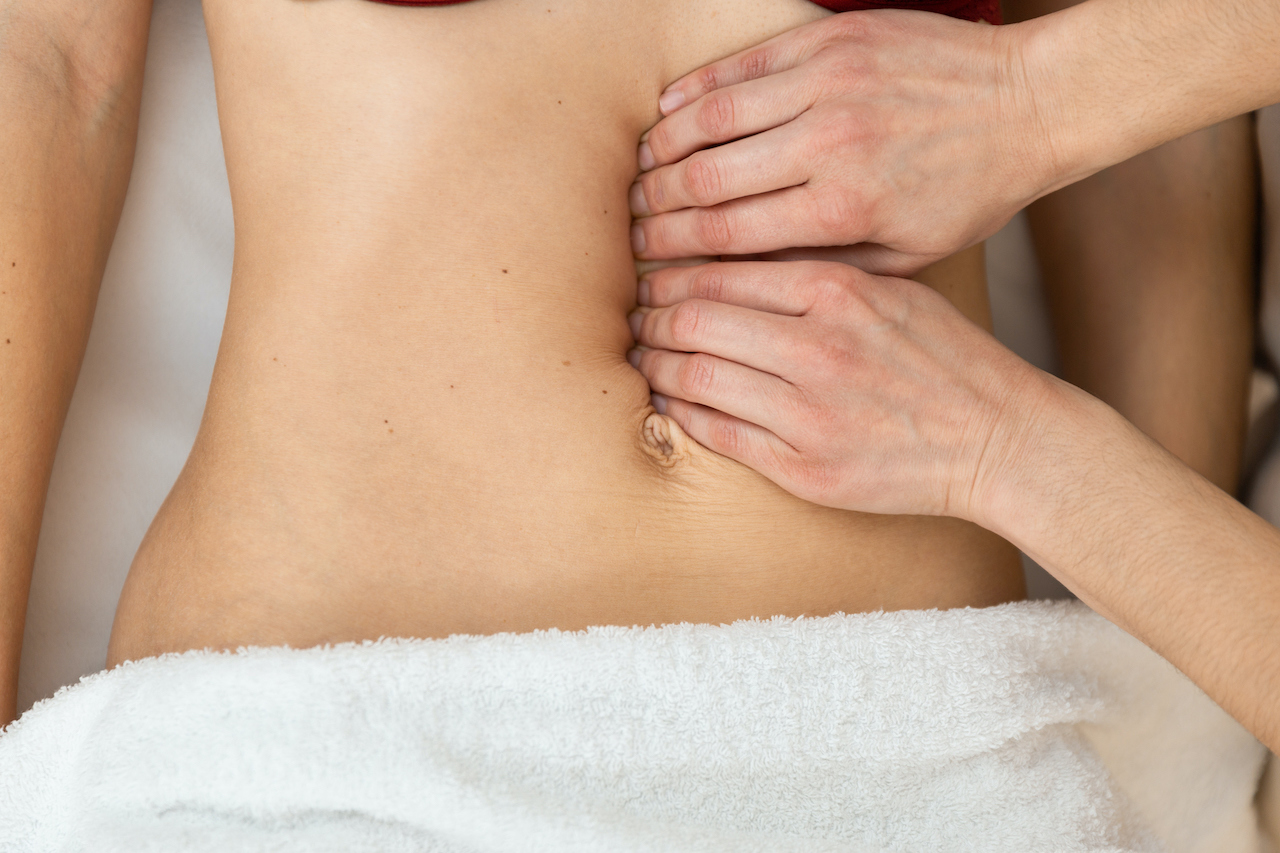
One surprisingly common, and ultimately permanent, change associated with pregnancy is a status chosen diastasis recti abdominis, according to the journal Current Women'southward Health Reviews. Information technology's when the abdominal muscles separate, creating a gap between the tum muscles.
All women will have this separation at the belatedly stages of pregnancy to make room for the growing abdomen. But by a year postpartum, somewhere between a 3rd to more than 2-thirds of women volition retain some separation between their intestinal muscles, various studies advise.
17. You become a chimera
When a adult female is pregnant, her body is filled with cells from her growing babe. But those cells don't all leave with the baby. At least some of those cells travel through the placenta into the rest of the mother's body — where some may remain for the rest of her life. Autopsies of women who had children decades before have found bear witness of male Dna in the woman's brains, presumably from gestating their sons, according to a 2012 study in PLOS One.
The purpose of these chimeric cells isn't articulate. Some doctors think they tin help a mom, while other researchers retrieve the cells are potentially harmful, Live Science previously reported.
18. Wider hips
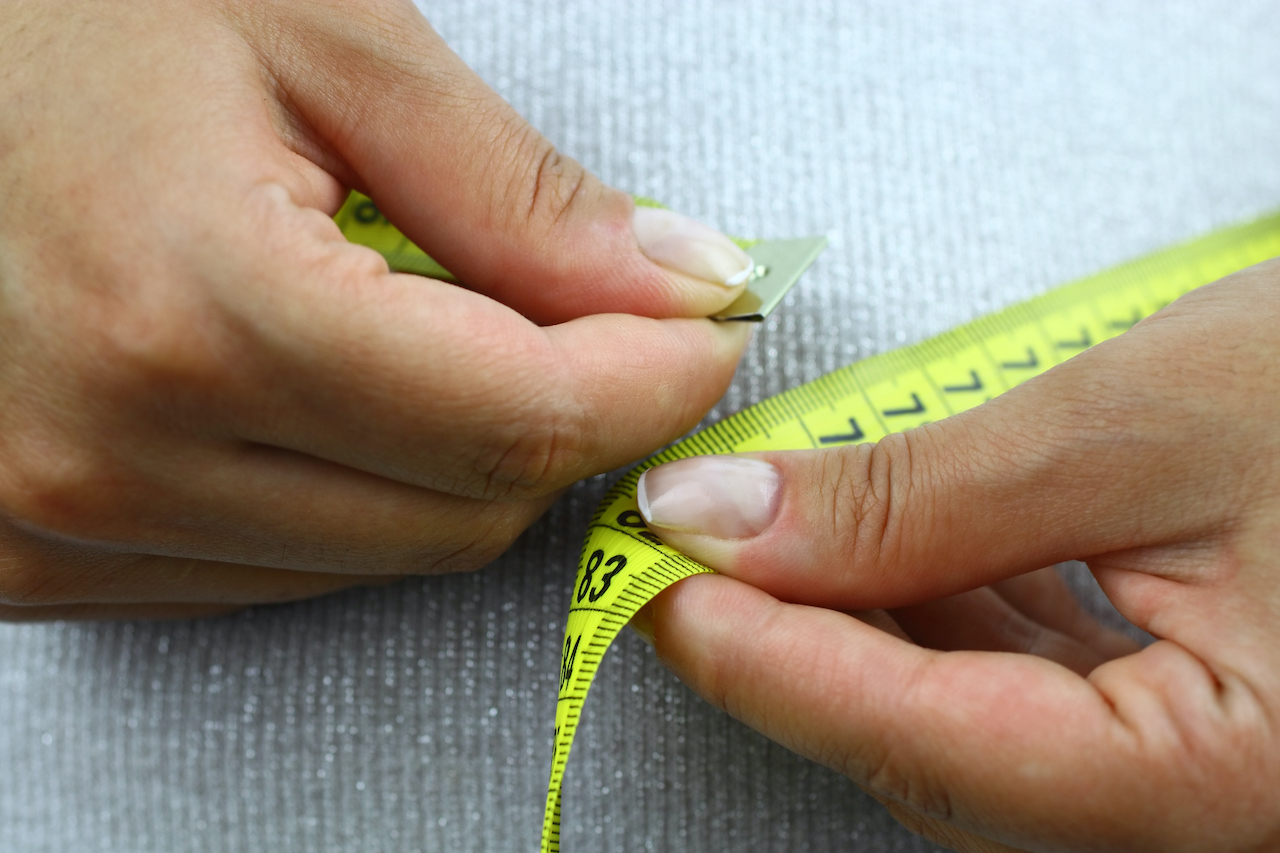
Some women may notice that their hips are wider following childbirth. But why?
You lot may think it has to practise with the hormone relaxin — largely because relaxin relaxes and softens the joints and ligaments in the pelvis to help the mother push out the baby during labor. But that'south probable not the real reason backside wider hips, Cackovic said.
Rather, wider hips are "well-nigh probably due to the deposition of fatty into areas of the body that take extra fat cells," he told Live Science. In other words, some women get bigger because of accumulating fatty cells, not considering their hip basic are actually wider.
Additional resource
You lot can read more than near your body after birth by visiting the NHS website. Additionally, to discover out what helps your body bounce back after pregnancy, read this article on the John Hopkins website.
Bibliography
"Blood book changes in normal pregnancy". National Library of Medicine. https://pubmed.ncbi.nlm.nih.gov/4075604/
"Weight Gain During Pregnancy". The American College of Obstetricians and Gynecologists. (2020). https://www.acog.org/clinical/clinical-guidance
"Dimensional changes of the feet in pregnancy". The Periodical of Bone and Joint Surgery (2008). http://www.uvm.edu/~istokes/pdfs/footdim.pdf
"Exploring Potential Pathways Between Parity and Tooth Loss Among American Women". American Public Health Associations (2008). https://ajph.aphapublications.org/doi/total/x.2105/AJPH.2007.124735
"The Outcome of Breastfeeding on Breast Aesthetics". Aesthetic Surgery Journal (2008). https://academic.oup.com/asj/article/28/5/534/202938
"Chest cancer and breastfeeding: collaborative reanalysis of individual data from 47 epidemiological studies in 30 countries, including 50302 women with breast cancer and 96973 women without the disease". National Library of Medicine (2002). https://pubmed.ncbi.nlm.nih.gov/12133652/
"Stretch marks during pregnancy: a review of topical prevention". British Journal of Dermatology (2014). https://onlinelibrary.wiley.com/doi/abs/10.1111/bjd.13426
"Morphology, growth charge per unit, and thickness of the nail plate during the pregnancy". International Journal of Dermatology (2018). https://onlinelibrary.wiley.com/doi/abs/10.1111/ijd.14152
"The incidence of lower mid-trunk hyperpigmentation (linea nigra) is affected by sex hormone levels". Journal of the National Medical Association (2005). https://www.ncbi.nlm.nih.gov/pmc/articles/PMC2569341/
"Vulval Varicose Veins in Pregnancy". British Medical Journal (1959). https://world wide web.ncbi.nlm.nih.gov/pmc/articles/PMC1992824/?page=1
"Sonographic size of uterus and ovaries in pre- and postmenopausal women". Ultrasound in Obstetrics and Gynecology (1996). https://obgyn.onlinelibrary.wiley.com/doi/abs/ten.1046/j.1469-0705.1996.07010038.ten
"Diastasis Recti Abdominis-diagnosis, Risk Factors, Outcome on Musculoskeletal Function, Framework for Treatment and Implications for the Pelvic Floor". Current Women'south Wellness Reviews (2019). https://www.ingentaconnect.com/content/ben/cwhr/2019/00000015/00000002/art00003
How Can You Tell if a Woman Has Had a Baby?
Source: https://www.livescience.com/63291-post-pregnancy-changes.html
0 Response to "How Can You Tell if a Woman Has Had a Baby?"
Post a Comment